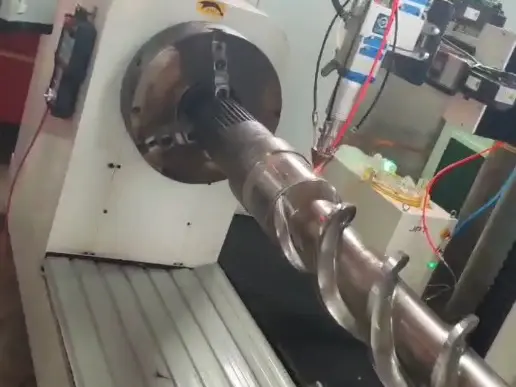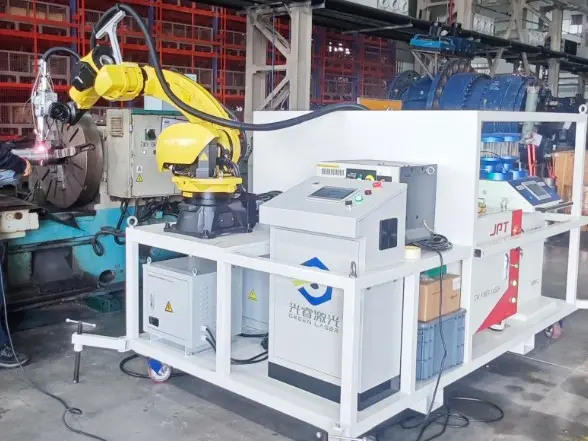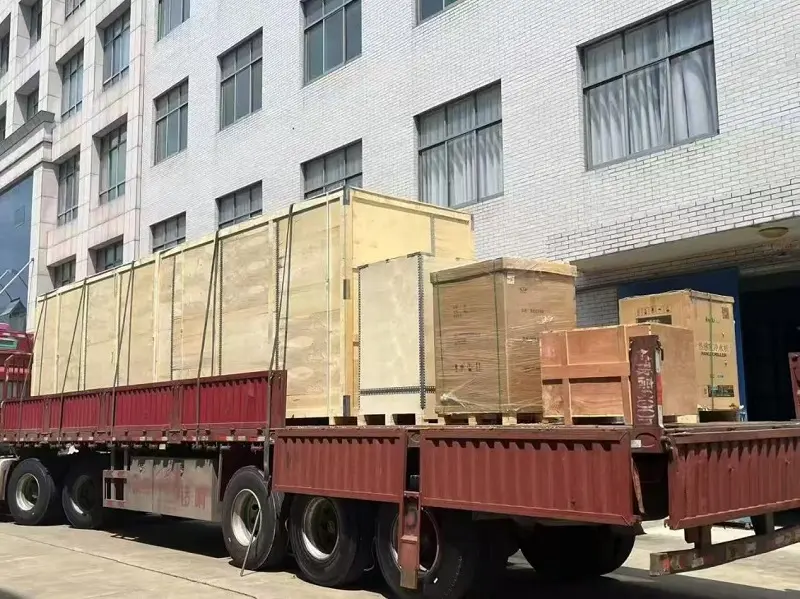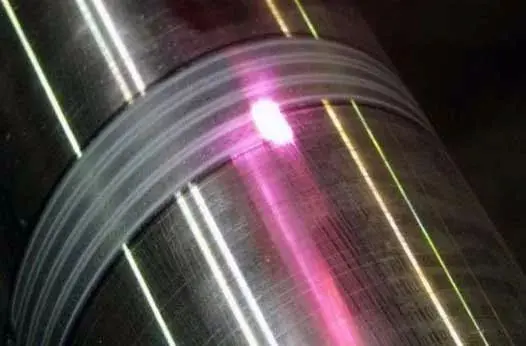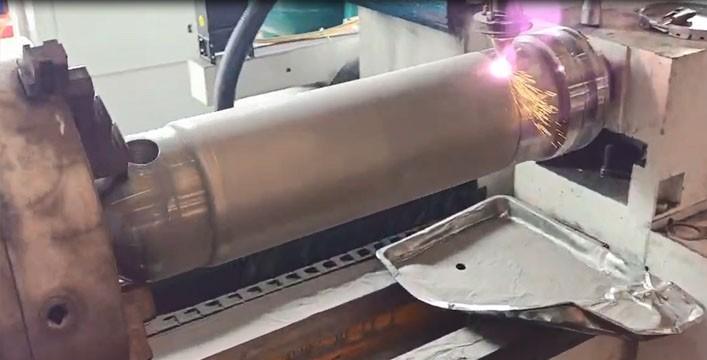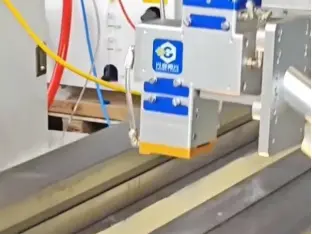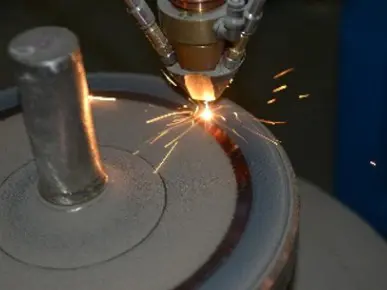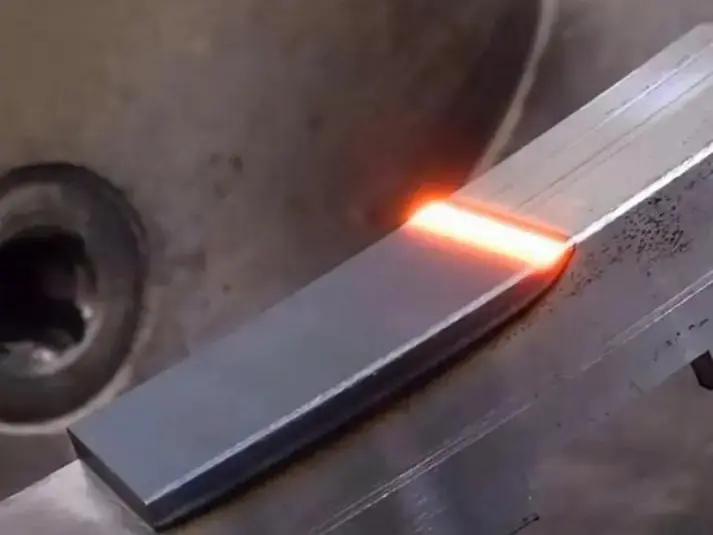Live report: Laser cladding on the inner wall of the planet bracket pin hole, witnessing the art of industrial restoration
At 7:30 a.m., our technical team drove through the factory's damp concrete and parked in front of the customer's heavy machining workshop. Today, we were performing laser cladding on the inner wall of the pin hole for a critical component of the equipment—the planetary frame.
The workshop air carried the distinctive odors of metal cutting fluid and engine oil, while crane cables hung quietly overhead. Our "patient" —the planetary stage weighing several tons—had been meticulously cleaned and securely mounted on the large workholding platform. Like a silent giant, its inner walls bore wear-induced pin holes with excessive clearance, the "wounds" we were about to treat with precision today.
On-site investigation and "preoperative preparation"
Engineer Wang from the client's side approached us. When shaking hands, the roughness and strength in his palm were palpable. Without formalities, he pointed directly at the largest bearing bushing hole: "This one has worn down by 0.8mm, causing abnormal noises in the entire transmission assembly. If we keep operating it, it'll be scrapped." His tone carried both the anguish of a costly core component nearing failure and the anticipation for our new process.
I crouched down and inserted the flashlight into the hole. Where the light beam traced its path, I could clearly see the subtle scratches and slight distortion of the inner wall caused by microscopic wear. The planetary frame was massive, but the challenge lay in the precision of the inner bore surface measured in micrometers—akin to carving intricate patterns on a basketball court, demanding absolute precision and stability." Don't worry, Engineer Wang. Laser cladding was created for this very purpose," I said, standing up to set up our "operating table."
Opening the equipment box revealed the core component—the inner-wall powder-fed laser cladding head. Its slender, surgical-grade design resembled a precision instrument poised to operate within the planetary frame's interior. When colleague Xiao Zhang activated the integrated system, the square-shaped laser emitted a low hum as the control cabinet's screen lit up with fluctuating parameters. We methodically connected cooling pipes, installed coaxial protective gas curtains, calibrated optical paths, and fine-tuned the powder feeder—each step executed with meticulous care. The air was filled only with the rhythmic hum of the fans and our brief commands.
Cladding process: the dance of light and powder
The actual "procedure" commenced. Guided by pre-programmed trajectories, the cladding head gently inserted into the planetary frame pin hole. Within the dim depths of the bore, a laser beam invisible to the naked eye focused with precision on the inner wall, instantly forming a microscopic molten pool. Almost simultaneously, the carrier gas propelled ultra-fine nickel-based alloy powder through the nozzle of the cladding head, spraying uniformly like mist and dust that precisely delivered the material into the molten pool.
In an instant, the powder and base metal rapidly melted, blended, and solidified under the laser's intense energy. Through the observation window, a tiny molten pool glowed with a blinding white light, steadily advancing to form a dense, smooth, and metallurgically bonded cladding layer behind it. This scene was like using light as a brush to sketch a new metallic network within the steel's inner cavity.
"The powder flow rate remains stable, laser power stays within normal parameters, and the molten pool maintains perfect morphology." Xiao Zhang kept his eyes glued to the monitoring screen, providing real-time updates on the 'life signs'. I stood by recording every parameter, ensuring every moment of this 'minimally invasive surgery' remained under control. A few young engineers from the client's side gathered around, their curious gazes fixed on the moving thermal spot on the screen as they whispered among themselves. Engineer Wang stood with arms folded, his expression gradually easing from initial gravity to a more relaxed demeanor.
Craftsmanship and commitment
The entire cladding process lasted nearly four hours. When the cladding head slowly withdrew from the last hole, we turned off the equipment and the workshop fell silent. But the work was not over. The most critical step was inspection.
I retrieved the flashlight and endoscope, inserting them into the borehole. Under the illumination, the newly deposited coating displayed a uniform metallic sheen, resembling a perfectly tailored "new shirt" fitted snugly onto the worn inner wall. Portable roughness testers confirmed a Ra value below 0.8μm, while multi-point thickness measurements using a gauge revealed consistent thickness across the entire surface, fully meeting the 0.5±0.05mm tolerance specifications outlined in the engineering drawings."Engineer Wang, as you can see," I handed over the measurement data, "the cladding layer and substrate are metallurgically bonded, with strength even surpassing the base material. Regarding the thermal deformation issue you're most concerned about, our process control ensures total deformation remains below 0.03mm. This eliminates the need for heavy machining, allowing direct assembly after precision grinding."
Mr.Wang took the report, scrutinizing every metric with meticulous care before personally examining the endoscope for an extended period. He finally straightened, his face breaking into the first genuine smile of the day: "Excellent! This outcome surpasses all expectations. Our 'backbone' has been completely revitalized – it'll last at least another full operational cycle!" These words stood as the ultimate tribute to our team's tireless efforts. As he organized the tools, the sunset's golden rays filtered through the workshop's skylight, casting a warm glow over the cold steel machinery. Standing before the planetary frame that had undergone our "rejuvenation," a profound sense of accomplishment welled up within him.
What we deliver extends beyond a cold machine or cutting-edge technology – it embodies safeguarding client assets and honoring craftsmanship with unwavering commitment. When the laser shuts down and equipment is packed away, we take tools with us, but leave behind a legacy of reliability and trust woven into our clients' production processes. This very essence drives our daily dedication to every manufacturing site we visit.

